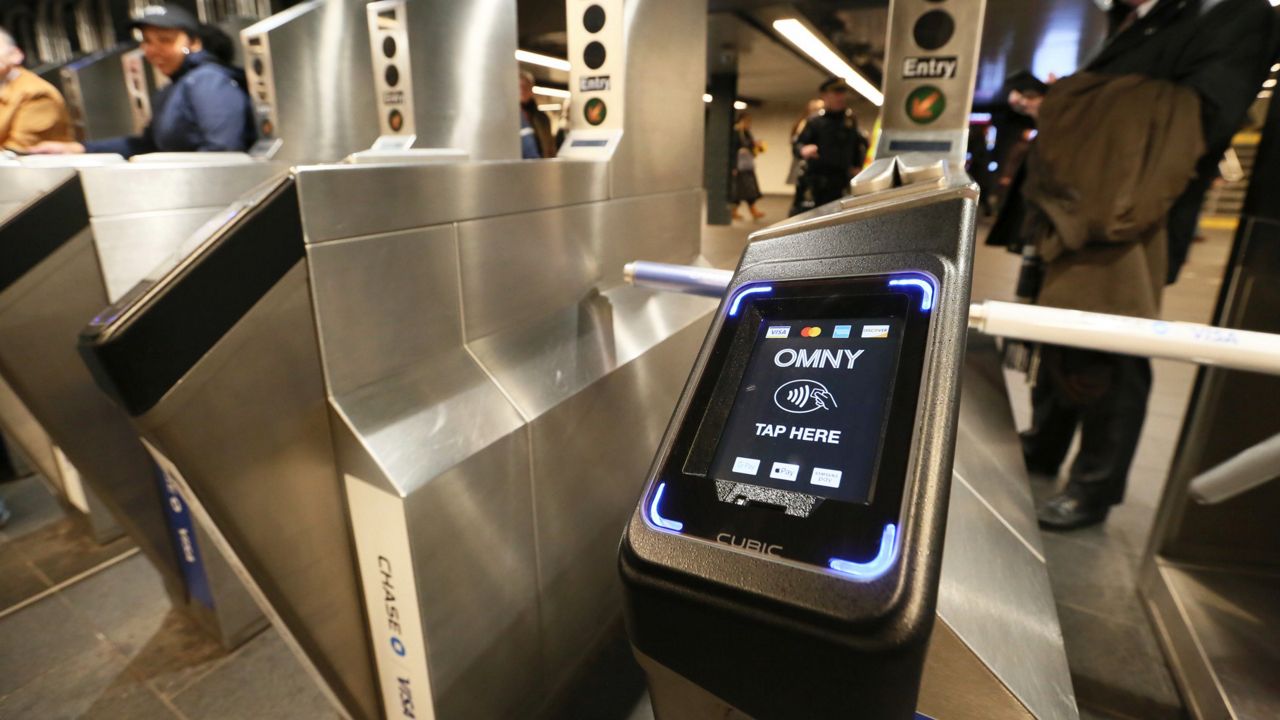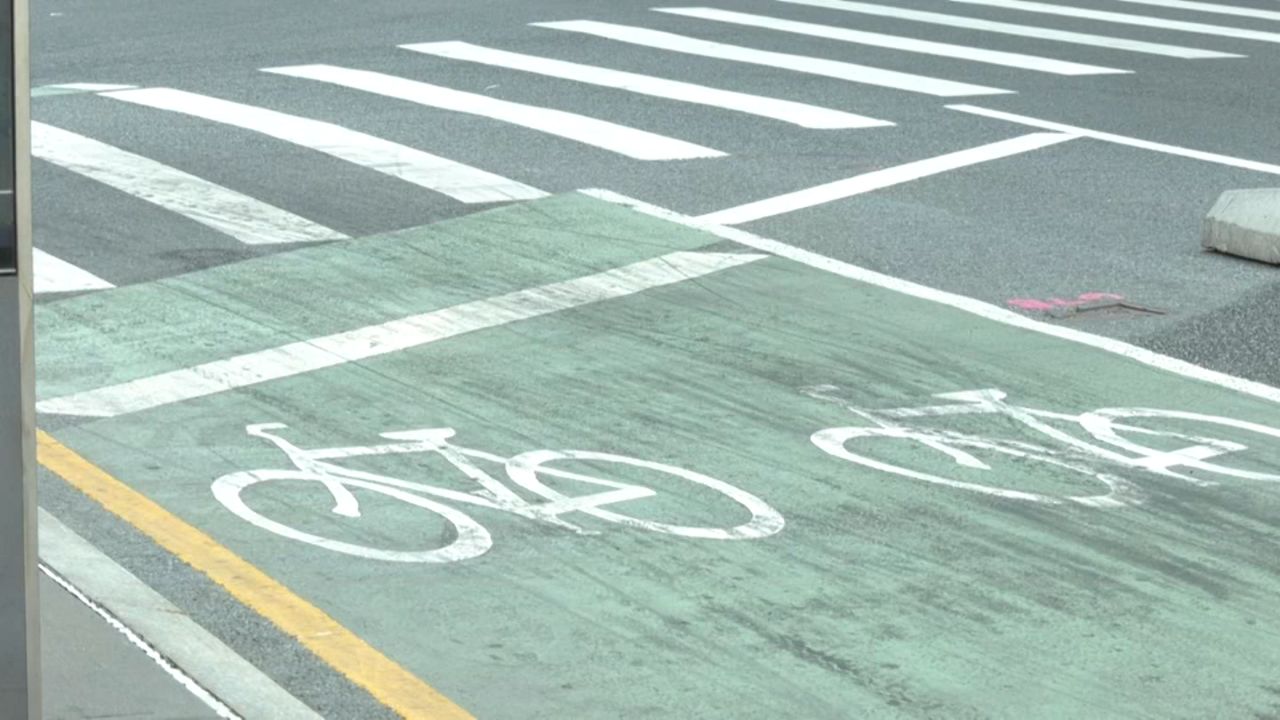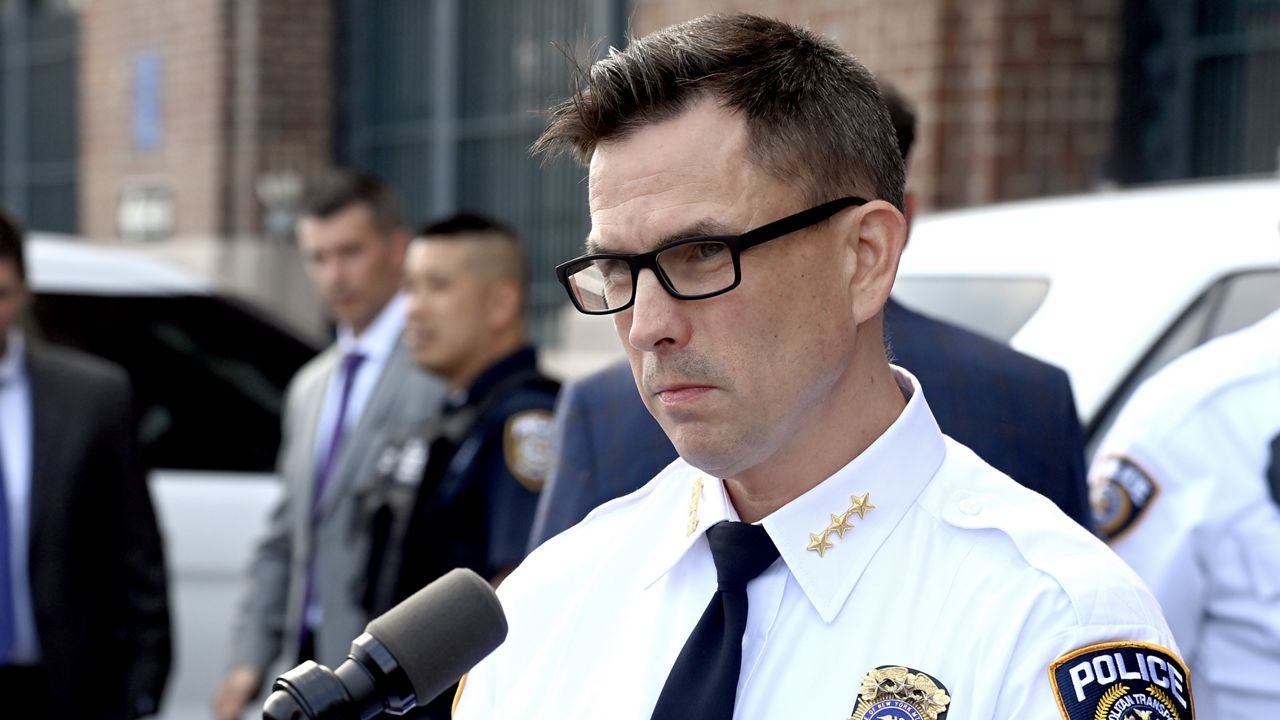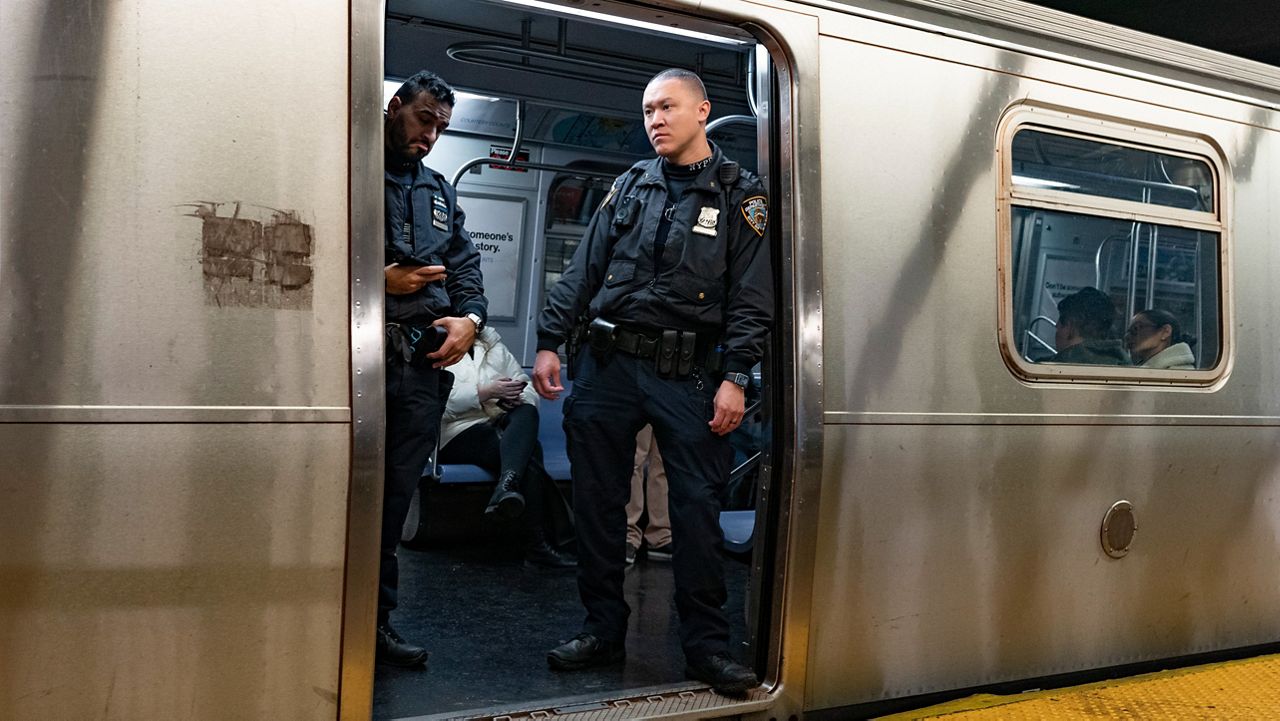The NYPD is deploying hundreds of additional officers into the subway system as part of a weeklong effort to crack down on fare evasion, officials said Monday.
The initiative, dubbed “Operation Fare Play,” will see 800 officers join an already-increased law enforcement presence underground at “strategic locations based on crime, MTA statistics and community complaints,” NYPD Chief of Patrol John Chell said at a news briefing.
What You Need To Know
- The NYPD is deploying hundreds of additional officers into the subway system as part of a weeklong effort to crack down on fare evasion, officials say
- The initiative, dubbed “Operation Fare Play,” will see 800 officers join an already-increased law enforcement presence underground at “strategic locations based on crime, MTA statistics and community complaints,” NYPD Chief of Patrol John Chell said
- The NYPD first began ramping up police presence underground at the beginning of February after seeing a spike in transit crime year over year the month prior
The department’s announcement came less than two weeks after a man was shot in the head on a subway train in downtown Brooklyn.
NYPD officials tied the shooting at the Hoyt-Schermerhorn Streets station to fare evasion, saying the man — who was shot with his own gun — evaded the fare as he brought the weapon into the subway system.
“As we told you when we were over at Hoyt-Schermerhorn, the commitment to transit safety starts with theft of service and keeping bad people out of the system,” Deputy Commissioner of Public Information Tarik Sheppard said at Monday’s briefing.
Both uniformed and plainclothes officers will carry out enforcement, NYPD Chief of Transit Michael Kemper said. Officials declined to say which stations the operation would target.
“We’re not giving the locations, because we don’t want people to know,” Chell said. “What we want to let them know is, don’t think you can come down here and get a free ride and bring your weapons.”
The operation, which the NYPD said kicked off Monday, will not be a “one-week deal,” Chell added, noting that the department has plans to “do it time and time again.”
The NYPD first began ramping up police presence underground at the beginning of February after seeing a spike in transit crime year over year the month prior.
Though February saw a drop in overall subway crime, with that “downward trend” continuing into March, Kemper said fare evasion “remains one of the primary complaints from both law-abiding subway riders and the MTA.”
Kemper drew a connection between the crackdown and the NYPD’s ongoing push to keep weapons out of the transit system, saying riders “should not be subjected to open acts of lawlessness anywhere in our subway system.”
“Look, the tone of law and order starts at the turnstiles, right?” he said. “There have been 20 gun arrests so far in the subway system in the [past] seven-and-a-half weeks, for people trying to enter the subway system with guns.”
Advocates, however, have criticized efforts to crack down on fare evaders, arguing enforcement efforts disproportionately target New Yorkers of color, as well as low-income riders.
At Monday’s briefing, Kemper maintained the goal of the operation was not to rack up arrests, but to “correct behavior.”
“It’s behavior that reeks of lawlessness,” he said. “And we need to set that tone of law and order right when the riders come into the subway system, whether they’re law-abiding riders or not.”
The MTA, which Kemper said loses “tens of millions of dollars” to fare evasion each year, threw its support behind the announcement.
“We’re thrilled by the commitment to transit safety demonstrated again and again by Mayor Adams and the NYPD,” MTA Chair and CEO Janno Lieber said in a statement.






_LLV_Dnt_Super_Speeders_Bill_Clean_134073220_675)

